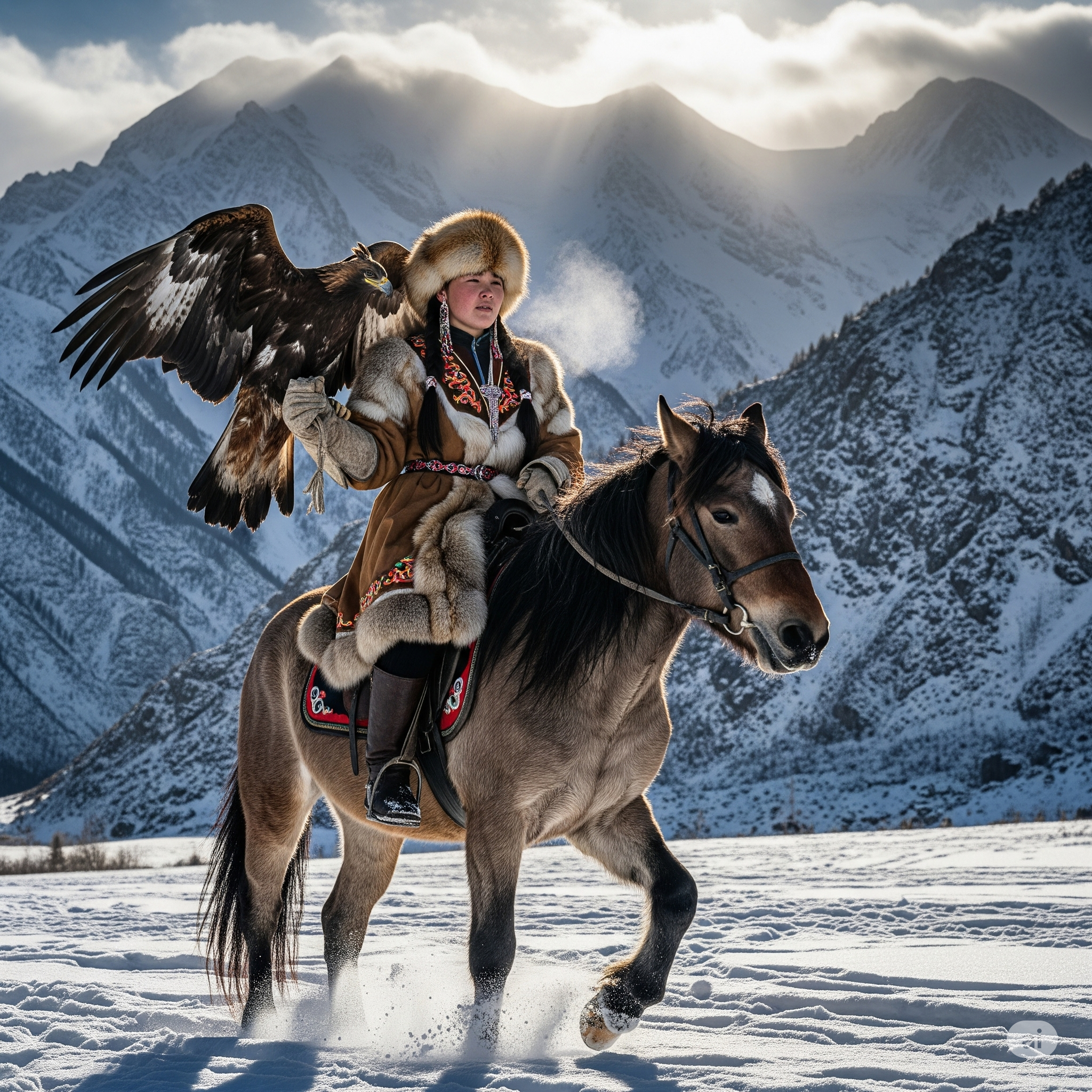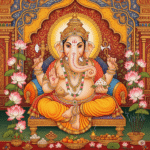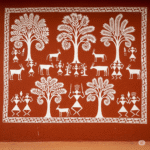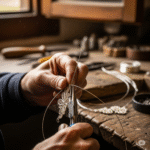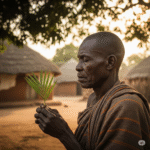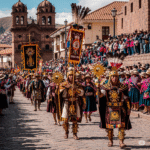In the snow-dusted mountains of western Mongolia, a young woman rides horseback with a golden eagle perched on her gloved arm — a striking image of grace, strength, and tradition. Her name is Aisholpan, and she’s part of a dwindling group of Kazakh eagle hunters keeping a 2,000-year-old practice alive. But unlike most of her predecessors, she’s not a man. She’s a teenage girl who shattered centuries of gender norms to become an eagle huntress — and a living symbol of cultural preservation.
What Is Eagle Hunting?
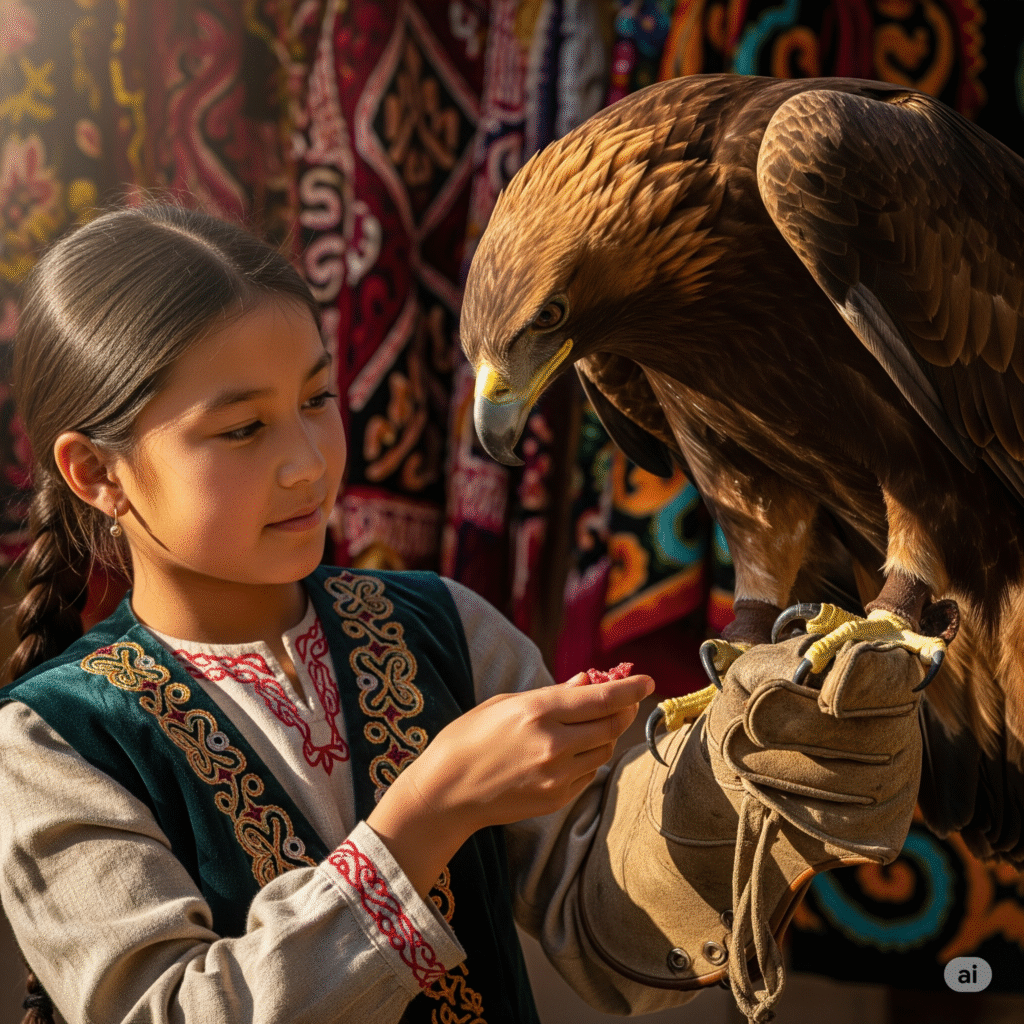
Eagle hunting, or berkutchi, is an ancient form of falconry practiced by Kazakh nomads in Mongolia and parts of Kazakhstan. Using specially trained golden eagles, hunters track foxes and hares across the rugged Altai Mountains. The practice is more than sport — it’s a survival skill passed from father to son for generations.
The bond between hunter and eagle is profound. Eaglets are taken from their nests at a young age, cared for, and trained for years before they join winter hunts. After about a decade of partnership, most eagles are released back into the wild — a gesture of respect for nature’s cycle.
The Rise of a Huntress
Aisholpan was just 13 when she competed in the Golden Eagle Festival — an annual celebration of Kazakh heritage. Dressed in traditional fur-lined robes and riding with confidence, she stunned the crowd by winning against 70 seasoned male hunters.
Her story caught global attention through the award-winning documentary “The Eagle Huntress” (2016). But her journey wasn’t just cinematic — it was deeply cultural. While some elders resisted the idea of a female berkutchi, others saw her as a bridge between tradition and change.
Beyond the Stereotypes
Aisholpan’s rise did more than break gender barriers — it reminded the world that cultural traditions aren’t static. They evolve. In her, we see how ancient skills can thrive when passed on with love, not limitation. Her eagle, her horse, her mountains — none cared whether she was male or female. What mattered was her respect for the craft.
She learned from her father, a skilled hunter himself, who encouraged her dreams and taught her the delicate training techniques required to build trust with a 15-pound raptor.
Why This Tradition Matters
In a rapidly modernizing Mongolia, the eagle hunting tradition faces threats: climate change, urban migration, and generational disconnect. Youth are leaving nomadic life for cities, and the number of active hunters continues to shrink.
Figures like Aisholpan represent a hopeful countercurrent — proof that heritage can survive when it finds room to grow. Her story has inspired young girls in Central Asia and beyond to reclaim forgotten crafts, languages, and rituals.
The Visual Power of Culture
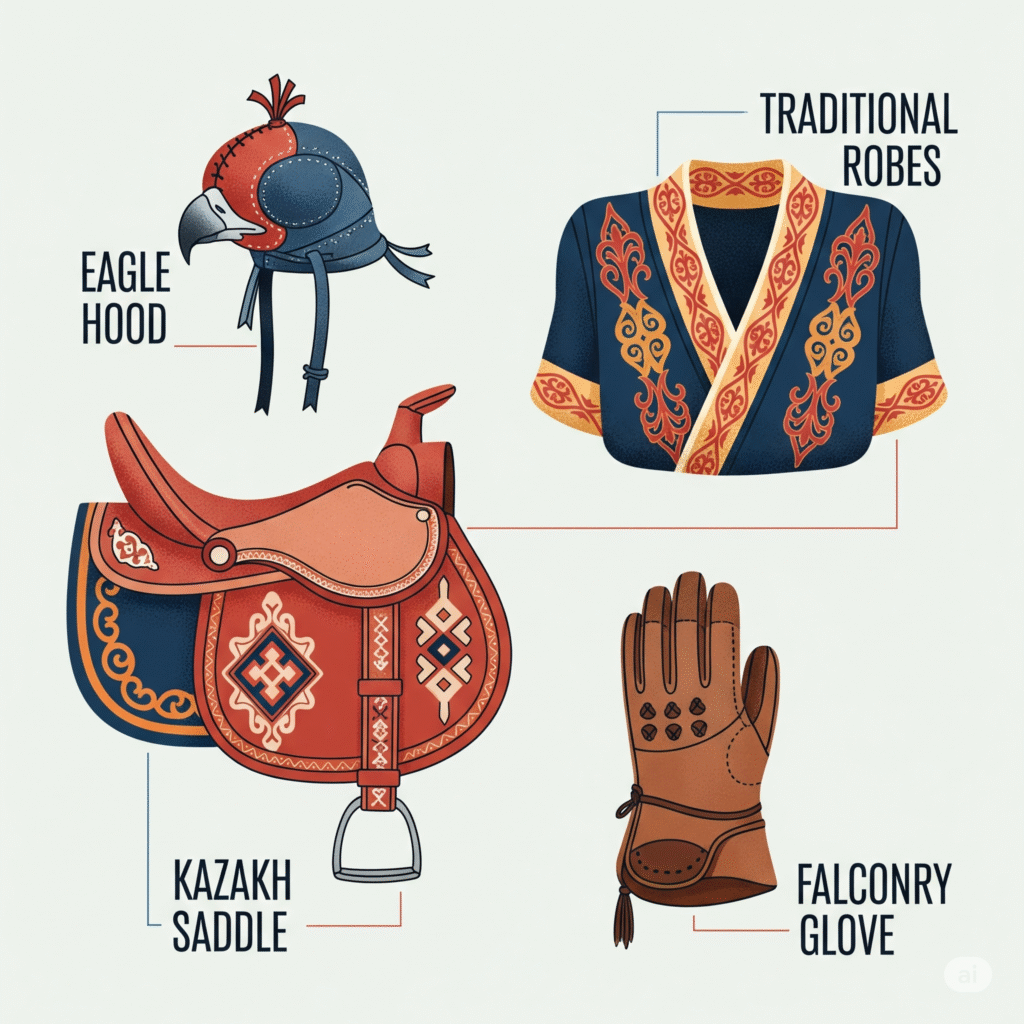
Images of Aisholpan standing against vast mountain backdrops with her eagle have become iconic. But the artistry lies not only in the photos — it’s in the details:
- Her robes: hand-stitched with Kazakh embroidery patterns
- Her saddle and tack: carved by local artisans
- The hood on the eagle: made from leather using traditional tools
Each element connects her to a long line of craftspeople whose work supports the tradition — tailors, metalworkers, saddle-makers, and even storytellers who preserve the history through epic poems.
From Nomad to Role Model
Today, Aisholpan attends university, but she continues to ride and train eagles whenever she returns home. She’s not just keeping the tradition alive — she’s helping it adapt. From speaking at global forums to encouraging eco-tourism that supports herders, she embodies the modern artisan: proud, rooted, and future-facing.
As more young Kazakhs rediscover eagle hunting, her story serves as a powerful reminder: heritage survives not when frozen in time, but when it soars with new wings.
